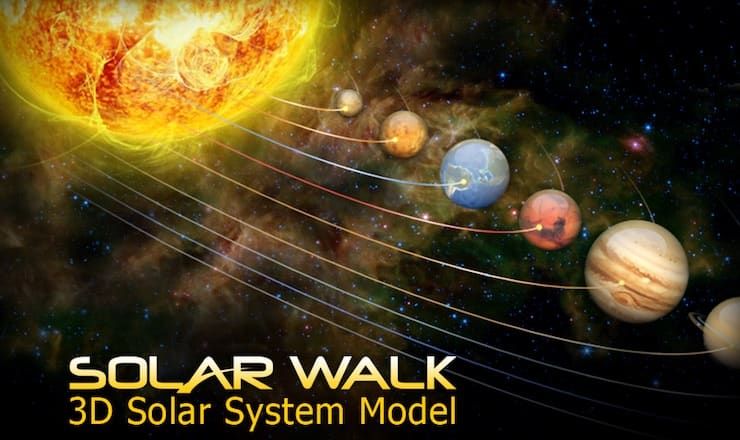
We illustrate the dependence of the maximum mass on these parameters in Fig. The maximum mass furthermore depends on starting position r 0, which we fix here to 1.6 AU, and the temperature profile for which we take a power law with index ζ = 3/7 and temperature T 1 = 140 K at 1 AU we neglect any temporal dependence of the stellar luminosity. ⋆ is the gas accretion rate onto the star.We focus here on the pebble Stokes number, St, a dimensionless number that characterizes the frictional stopping time of the pebbles, and the ratio of the radial flux of pebbles relative to the flux of the gas, ξ = F p / M This maximum mass, or migration mass, depends on a number of parameters of the protoplanetary disc ( 5). How physically plausible this growth track is lies in the value of the maximum mass M max. Our successful fit of a single growth track to Mars and Venus is always mathematically possible when the outer planet (Mars) is less massive than the inner planet (Venus). 1 allows us to divide out the M max parameter to yield Matching the masses and locations of Mars (index 1) and Venus (index 2) in Eq. Earth has suffered a giant impact that led to the formation of the Moon, so the current mass of Earth does not represent its preimpact mass. We fit now the growth track to Mars and Venus, assuming that their current masses reflect their primordial masses when the solar protoplanetary disc dissipated.
Solar walk mac free#
Equation 1 has two free parameters: r 0 is the starting position of the protoplanet, and M max is the mass of the protoplanet when it has migrated to r = 0. This power law approximation for the temperature holds in the dead zone of the protoplanetary disc where the terrestrial planets grow and migrate. The gas temperature of the protoplanetary disc is assumed to depend on the distance from the Sun as T ∝ r −ζ and we take a constant value of ζ = 3/7, valid for a protoplanetary disc that intercepts stellar irradiation at a grazing angle ( 32). We express the growth track here in the limit where M ≫ M 0, where M 0 is the starting mass. Last, in stage ( E), the protoplanetary disc clears, and the planetesimals of NC and CC composition are scattered into the asteroid belt. The CC form outside the orbits of Jupiter and Saturn. the CI material has drifted past the terrestrial planet zone, and the terrestrial planets shift their compositions more toward the CI meteorites. In the outer Solar System, Jupiter, Saturn, Uranus, and Neptune grow by pebble accretion and gas accretion. In stage ( C), protoplanets representing Earth, Venus, and Theia migrate out of the inner planetesimal belt. Planetesimal belts form at the water ice line (red) and by pileups of pebbles in the outer regions of the protoplanetary disc (blue) this outer planetesimal belt is envisioned here as the birth region of the giant planets ( 14, 72). In stage ( B), the disc expands outward due to angular momentum transport from the inner to the outer disc, carrying the NC material along with the gas. The remaining solids carry now a noncarbonaceous (NC) signature (red). Thermal processing in the inner disc vaporizes presolar grains carrying isotopic anomalies. Stage ( A): The protoplanetary disc is formed consisting of material with solar composition (blue), represented in the meteoric record by the CI meteorites. The largest planetesimals then continue to accrete pebbles and grow to protoplanets with masses between the Moon and Mars. This hydrodynamical instability arises in the radial drift flow of pebbles and causes the pebbles to form dense filaments that collapse gravitationally into planetesimals with a characteristic size of 100 km ( 7, 21).

The large fraction of millimeter-sized chondrules in both ordinary chondrites and carbonaceous chondrites (CCs) is a strong indication that planetesimals in the solar protoplanetary disc accreted in the gravitational collapse of pebble clumps (possibly consisting of a mixture of individual chondrules and larger aggregates of chondrules and dust) that could have formed through the streaming instability. Chondrules formed over the first 3 million years (Ma) of the evolution of the protoplanetary disc ( 19, 20) and dominated the mass budget when the parent bodies of the ordinary chondrite meteorite class formed in the inner regions of the solar protoplanetary disc ∼3 Ma after the formation of the Sun. Alternatively, chondrules may have formed from the molten debris of collisions between massive protoplanets ( 18). The millimeter-sized chondrules found within primitive meteorites likely represent pebbles that formed around the young Sun the leading mechanism for heating and melting these pebbles to form igneous chondrules is shock waves in the solar protoplanetary disc ( 17).


 0 kommentar(er)
0 kommentar(er)
